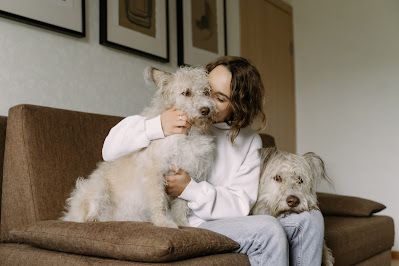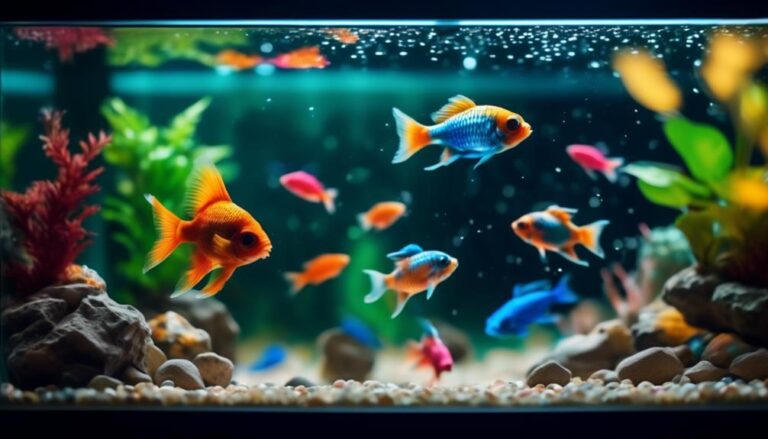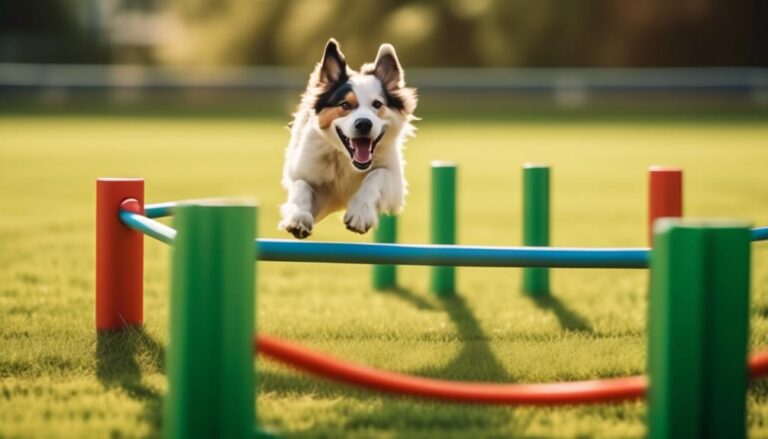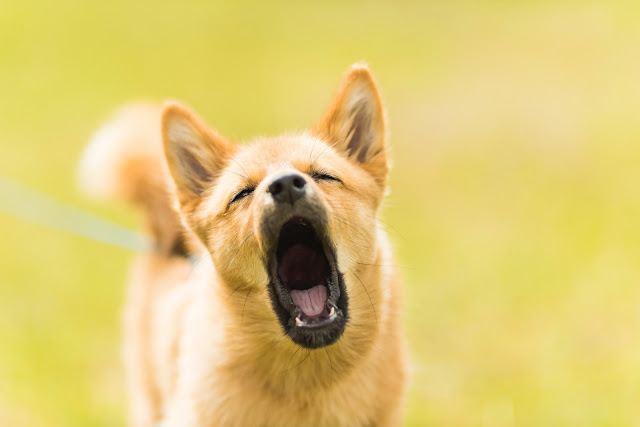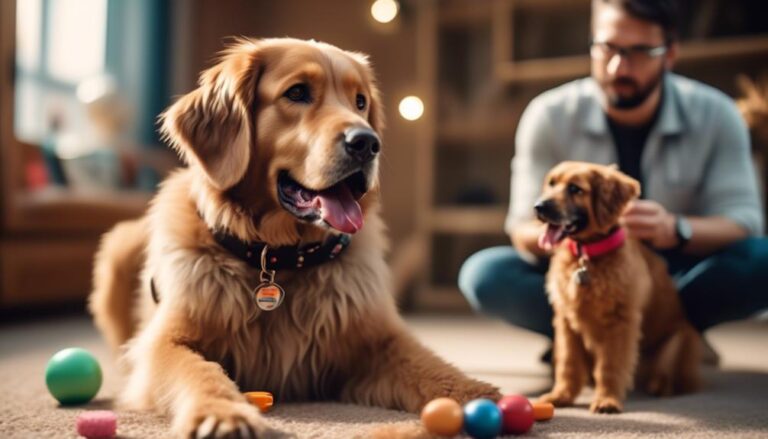Six Excellent Tips For Teaching Your Dog To Be Toilet Trained
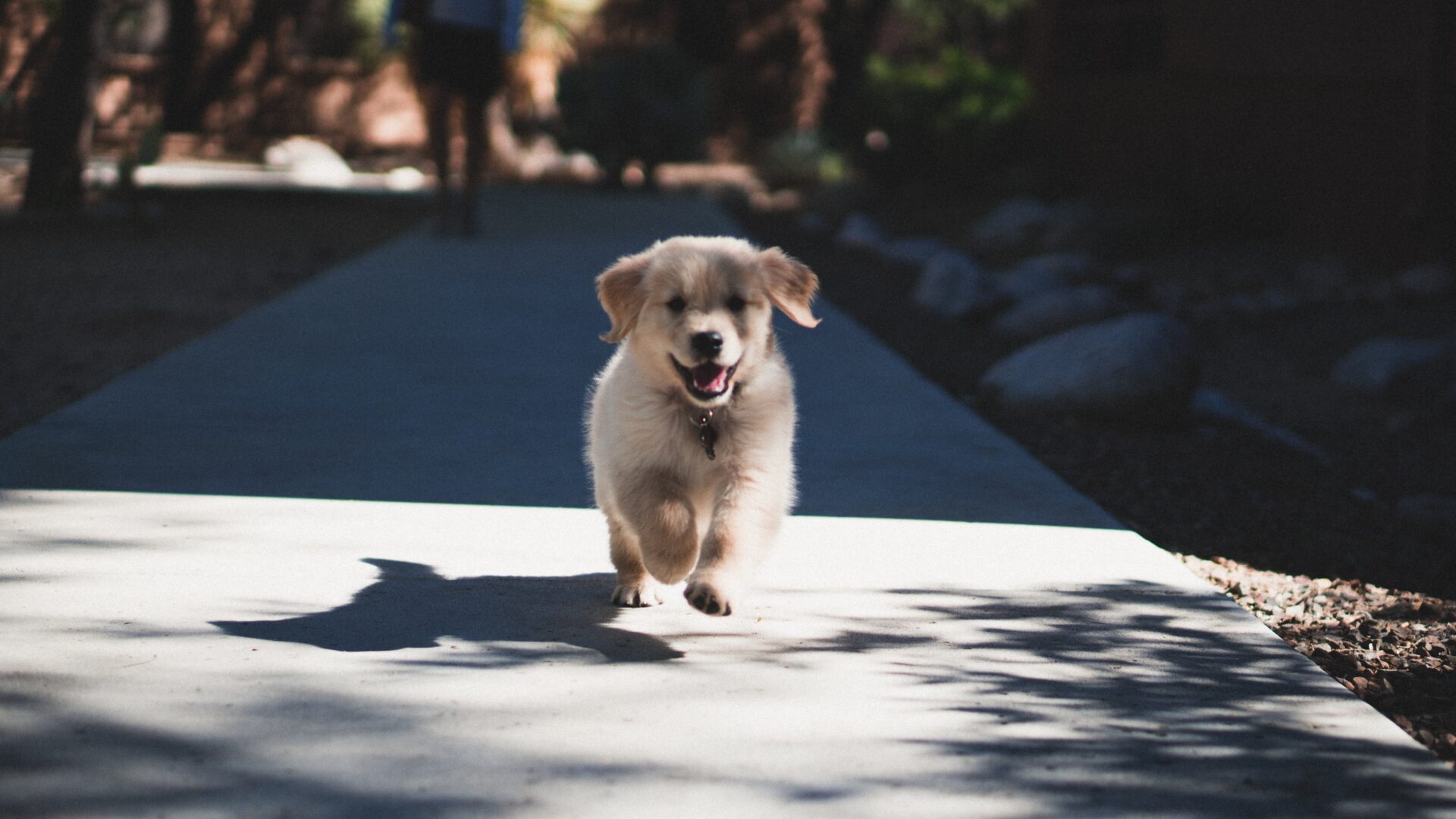
Teaching Your Dog To Be Toilet Trained: Did you know that approximately 20% of dogs in the United States struggle with toilet training? It’s a common issue that many dog owners face, but the good news is that these six excellent tips can help you teach your furry friend to be toilet trained. Whether you’re a first-time dog owner or have been struggling with this issue for a while, these tips will provide you with effective strategies to make the process easier and more successful. So, if you’re tired of cleaning up accidents and want to create a clean and hygienic environment for both you and your dog, keep reading to discover these invaluable tips.
Establish a Routine
To establish a successful toilet training routine for your dog, it is important to follow a consistent schedule that includes regular potty breaks throughout the day. Potty training is a crucial part of teaching your new puppy where and when to go to the bathroom. By taking your puppy outside at regular intervals, you can help them learn to associate going outside with the need to go to the toilet.
Start by taking your dog out to potty first thing in the morning and before bed. This helps set the routine and ensures that your dog starts and ends the day with a bathroom break. Additionally, take a young puppy out every couple of hours to prevent accidents in the house. Remember that puppies have smaller bladders and need more frequent potty breaks.
It’s also important to take your dog out within five or ten minutes of eating or drinking water. This helps prevent accidents and reinforces the association between needing to potty and going outside. By consistently taking your dog out at these times, they will begin to understand that going outside is the appropriate place to go to the toilet.
Consistency is key when it comes to successful potty training. By following a regular schedule and taking your dog out at the same time each day, you are teaching them when they need to go. Be patient and persistent, as it may take time for your dog to fully grasp the concept. With practice and consistency, your dog will learn to go to the toilet outside and become fully toilet trained.
Use Positive Reinforcement
After establishing a routine for your dog’s toilet training, it is important to use positive reinforcement to encourage and reward good potty behavior. Positive reinforcement involves using treats and praise to let your dog know they have done something right. Lavish praise on your furry friend immediately when they go potty in the right place. This will help them associate potty training with positive experiences and motivate them to continue doing the right thing.
Consistency is key when it comes to positive reinforcement. Make sure to consistently reward your dog with treats and praise every time they go potty in the designated area. This will help them understand that going potty in the right place is a behavior that you value and appreciate. Over time, they will start to associate potty training with positive rewards and will be more inclined to repeat the behavior.
In addition to using positive reinforcement for potty training, it is also beneficial to incorporate it into other areas of training. Dogs respond well to positive reinforcement, as it creates a positive and rewarding association with the desired behavior. By using treats and praise as rewards, you can motivate your dog to learn and follow commands more effectively.
Remember to be patient with your furry friend during the potty training process. Recognize the signs that your dog needs to go outside, such as sniffing around or circling. Take them out frequently and give them plenty of opportunities to go. When they do go potty in the right place, make sure to reward them immediately with treats and praise.
Positive reinforcement is an effective and humane method for toilet training your dog. By using treats and praise to reward good potty behavior, you can encourage your furry friend to consistently go outside to do their business. With time and patience, your adult dog will become fully toilet trained and you can enjoy a clean and odor-free home.
Consider Crate Training
Consider incorporating crate training into your dog’s toilet training routine to help regulate their potty habits. Crate training can be an important part of teaching your dog to be toilet trained. Dogs are naturally den animals, and a crate can mimic a den-like environment that they instinctively want to keep clean. By using a crate, you can create a space where your dog will avoid going to the bathroom, encouraging them to hold it until you take them outside.
When crate training, it is important to choose a crate that is the right size for your dog. It should be big enough for them to stand up, turn around, and lie down comfortably, but not so large that they can use one end as a bathroom and the other end as a sleeping area. This will help teach them to hold their bladder and bowels until they are outside.
To effectively use crate training for potty training, you’ll need to establish a routine. Take your dog outside to use the bathroom at regular intervals throughout the day. Puppies, in particular, have small bladders and short attention spans, so taking them out every couple of hours is essential. When you take your dog outside, give them plenty of opportunities to go potty. Use a command, such as “go potty,” to help them understand what you want them to do. When they do their business outside, reward them with praise and treats to reinforce the behavior.
It’s important to note that crate training may not be suitable for every dog or family. Some dogs may become anxious or stressed in a crate, and forcing them into one can be counterproductive. If you decide to try crate training, make sure to introduce the crate gradually and make it a positive and comfortable space for your furry friend. Remember, patience and consistency are key when teaching your dog to be toilet trained.
Introduce Potty Training Signals
Start incorporating potty training signals into your dog’s toilet training routine to effectively communicate when it’s time for them to go potty. Puppies need plenty of opportunities to learn where and when they should eliminate, and using potty training signals can make the process much easier for both of you. By introducing verbal cues or specific actions, you can create a clear association for your dog between the signal and going to the toilet.
To start, choose a specific phrase or word that you will consistently use when you want your dog to eliminate. It could be something simple like “go potty” or “do your business.” Use this phrase every time you take them outside to go to the bathroom. Additionally, you can incorporate a specific action like pointing to the door or using a hand signal. By consistently using the same signals, your dog will quickly learn to associate them with the act of going to the toilet.
During your toilet training sessions, practice using the potty training signals. Take your dog outside every couple of hours, or even more frequently for younger puppies, and give them the signal to go potty. Be patient and give them plenty of time to sniff around and find a suitable spot. When they successfully eliminate, praise them enthusiastically and give them a treat. This positive reinforcement will help reinforce the association between the signal and going to the bathroom outside.
Monitor your dog’s response to the signals and adjust if necessary. Some dogs may catch on quickly, while others may take longer to understand. Pay attention to their body language and if they start showing signs of needing to go, take them outside immediately and give them the signal. Consistency and patience are key in teaching your dog to understand and respond to the potty training signals.
Avoid Punishing Accidents
To continue effectively toilet training your dog, it is important to avoid punishing accidents and instead focus on positive reinforcement techniques. Punishing your dog for accidents can be detrimental to their potty training progress and may create a negative association with the act of eliminating. It’s crucial to keep in mind that accidents are a normal part of the learning process, especially for puppies who are still developing bladder control. Instead of scolding or punishing your dog, here are some tips to help you navigate accidents in a more constructive way.
First, make sure to take your puppy outside every couple of hours, especially after meals, playtime, or naps. This will give them plenty of opportunities to go to the bathroom in the right spot. If you catch your dog in the act of having an accident indoors, quickly and sternly say “no” and immediately take them outside. This will help them associate going potty with being outside. If you don’t catch them in the act, it’s important to avoid punishment because they won’t understand what they did wrong. Punishing your dog after the fact will only confuse them and may even make them fearful.
During the potty training process, it can be helpful to use puppy pads to prevent accidents on your floors. However, it’s important to gradually transition your dog from using puppy pads to going outside. This will help them quickly learn that the appropriate place to eliminate is outdoors. Whenever your dog successfully goes potty outside, be sure to reward them immediately with praise, treats, or affection. Positive reinforcement is a powerful tool in teaching your dog where to go, and rewarding them will reinforce the desired behavior.
Teaching Your Dog To Be Toilet Trained Frequently Asked Questions:
How Do You Stop a Dog From Peeing and Pooping in the House?
To stop your dog from peeing and pooping in the house, use positive reinforcement, create a consistent schedule, and try crate training. Supervise and confine your dog when necessary, clean accidents properly, address medical issues and use verbal cues. Consider using potty pads or litter boxes, and monitor their water and food intake. Seek professional help if needed.
How Do I Get My Dog Fully Potty Trained?
To fully potty train your dog, start by crate training them and being consistent with the training. Avoid common mistakes and use positive reinforcement to encourage good bathroom behavior. Learn your dog’s potty cues and establish a routine. Deal with accidents properly and avoid potty training aids. Handle regression with patience and consistency.
Is There a Scent to Encourage Dogs Peeing?
Yes, some scents can encourage dogs to pee in designated areas. Natural scents, scented markers, pheromones, essential oils, and scented pee pads can all be used to train your dog to go potty where you want.
How Do You Teach Your Dog to Let You Know When They Need to Potty?
To teach your dog to let you know when they need to potty, you can try bell training, where they ring a bell to signal. Other options include pawing, scratching the door, or vocal cues. Consistency, patience, and positive reinforcement are key, along with establishing a routine and monitoring water intake.
Conclusion
Toilet training your dog can be a challenging but rewarding process. By following the six excellent tips mentioned, you can establish a routine, use positive reinforcement, consider crate training, introduce potty training signals, and avoid punishing accidents. Remember to be patient and allow sufficient time for your dog to learn. With consistency and persistence, you’ll soon have a well-trained, toilet-savvy pup. Good luck!



